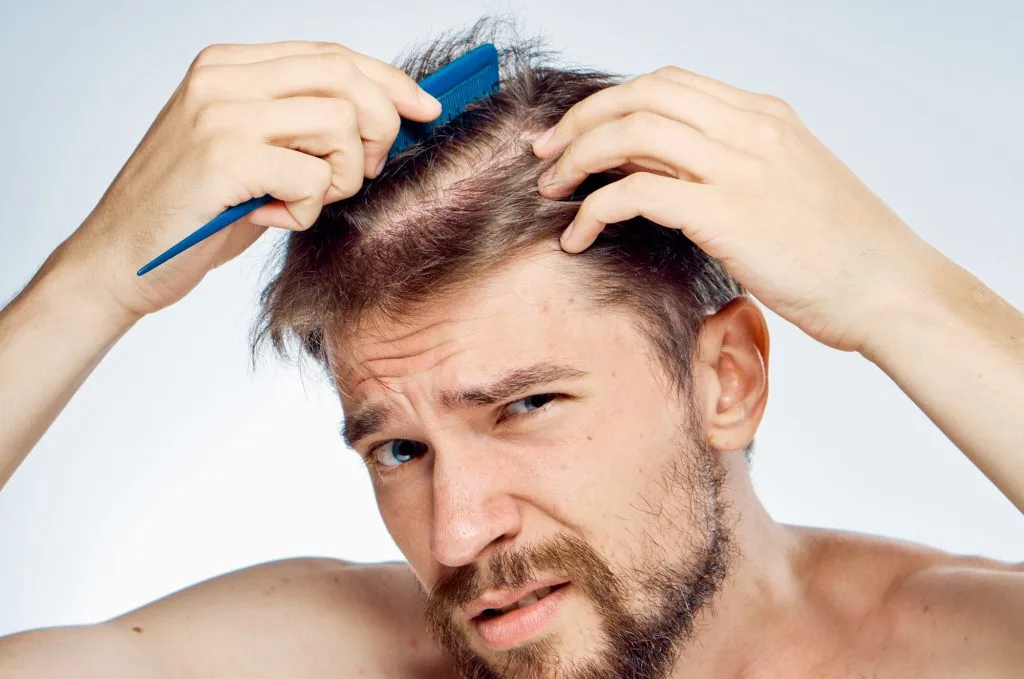For a condition that affects at least 50 million men and 30 million women in the United States alone, people tend to not talk about baldness as much as they should.
There are minimal amounts of public education, and a smattering of research put into figuring out hair loss and its treatments. If you’re wondering about what hair loss actually entails, as well as its different types, you’ve come to the right place.
Keep on reading for our full breakdown of different types of hair loss, as well as their driving factors behind this condition.
What Is Hair Loss?
In the simplest of terms, hair loss is known as alopecia in the scientific community. It’s a disorder that comes from an interruption in the body’s natural cycle of hair production.
Generally, people can deal with losing their hair almost anywhere on the body, but it’s mainly the scalp area that’s a concern.
Approximately speaking, there’s an average of 100,000 hairs on a person’s scalp that are currently going through the hair cycle of growing, resting, falling out, regenerating, and so on.
Different Types of Hair Loss 101: Androgenetic Alopecia
The main suspect behind the majority of people’s loss of hair is androgenetic alopecia, otherwise known as hereditary hair loss.
This type of hair loss is one of the most common causes, and it’s progressive in nature. That’s when treatments like ARTAS transplant are fantastic solutions to chronic conditions like this one.
People with androgenetic alopecia are born with hair follicles that are sensitive and respond dramatically to a hormone called dihydrotestosterone (DHT).
The DHT hormone is the reason why people’s hair follicles diminish over time, which leads to thinner and finer hair. As time goes by, these follicles will stop producing “normal” hairs, leaving people with a ‘peach fuzz’ type of hair.
Involutional Alopecia
After the androgenetic alopecia comes involutional alopecia.
Unlike the first, which is a genetic disorder that’s inherited in nature, involutional alopecia is the gradual thinning and loss of hair that’s entirely tied to age.
It’s the second-most-common type of hair loss, where hair becomes sparse and few and doesn’t grow as much.
Alopecia Areata
Unlike the types of alopecia we’ve previously discussed, this type is linked to your autoimmune system. It’s an autoimmune disorder, where your immune system sees your hair follicles as intruders, and attacks them.
Also, this is a type of hair loss that can first start appearing in childhood and affects both men and women.
Traction Alopecia
Unfortunately, this type of hair loss is connected to human error and damage that’s inflicted on your hair follicles.
This type of hair damage can include constant tension or pulling of the hair over an extended period of time. By wearing tight hairstyles like buns, ponytails, or braids over long stretches of time can cause traction alopecia.
The damage can be seen around the hairline or near the temples.
Ready to Start Tackling Your Hair Loss?
As with any other biological condition, dealing with the different types of hair loss requires a solid amount of research and patience.
Now that you’ve read our guide on the variety of hair loss types, you’re in a better position to start seeking treatments.
However, make sure you read more about what’s available on the market by checking our fashion, as well as the health and beauty sections for the latest tips and tricks that you need.







